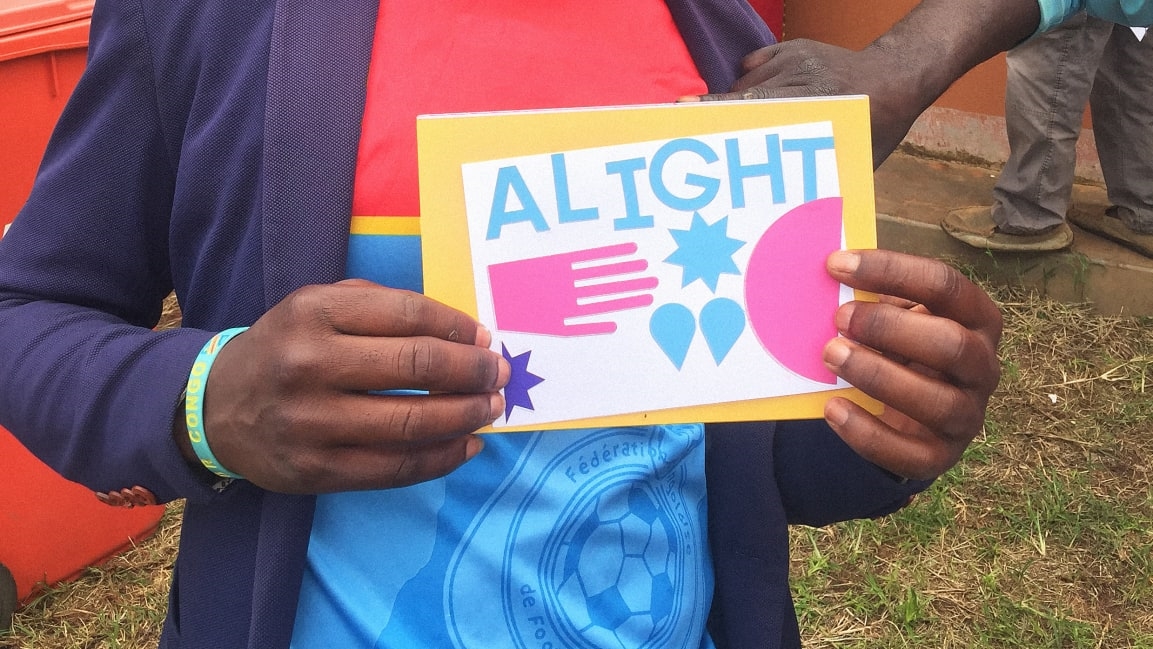How the American Refugee Committee transformed its brand—and changed its name
The organization that was once called the American Refugee Committee no longer has the word “refugee” in its name, thanks to the refugees who were asked to weigh in on part of its decade-long rebranding. Now called Alight, the nonprofit’s name change is one part of a decade-long transformation of how it approaches its work.
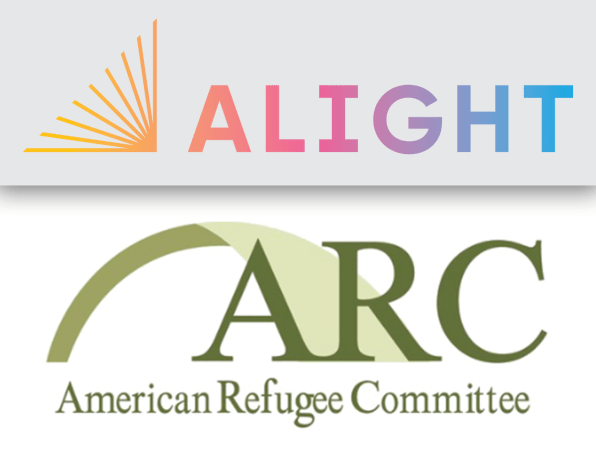
“It’s my view that the organizations that were created to respond to 20th-century problems are really failing in response to 21st-century problems,” says Daniel Wordsworth, president and CEO at the newly named Alight, which spends roughly $70 million a year providing clean water, shelter, economic opportunities, and other services to millions of refugees in countries including Myanmar, Syria, and South Sudan. A decade ago, convinced that organizations like his own weren’t doing enough to help refugees, he started questioning how it could change.
“We started asking: Are we working in a way that’s truly responsive, that’s relevant, and that’s having the kind of impact we want to have?” he says. “Ten years ago, my observation was no, we’re not, and the refugee sector as a whole is not. And so we decided we’d go on a journey, and basically shake ourselves up, and hopefully shake up the whole sector.”
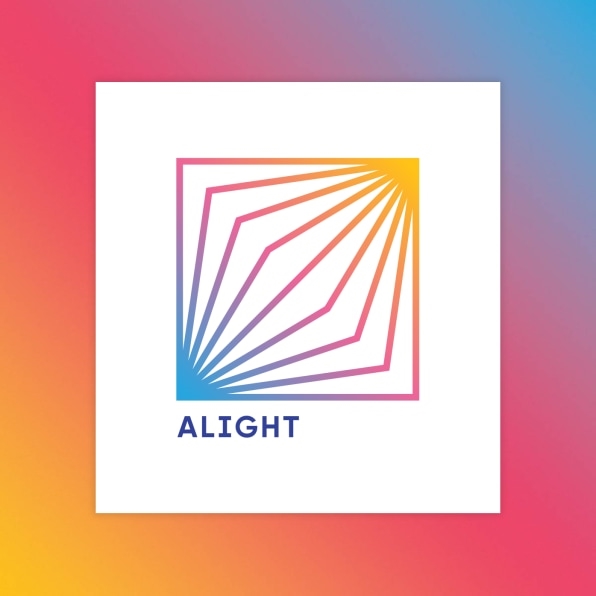
The nonprofit reached out to Ideo.org, the nonprofit arm of the design firm Ideo, to talk about rebranding. But then the team decided to go in a different direction—rather than working on the brand, it would invest in changing its work first. “We had the money to do the rebranding, but instead we asked a deeper question: Why don’t we just try to do what we think is right, and then become that?” says Wordsworth.

One project they launched, with Ideo.org’s help, was a customer service platform for refugees called Kuja Kuja, which uses tablets to collect feedback on services provided at refugee camps across Africa and the Middle East. Refugees rate services in real time, so the organization can continually learn what it needs to improve. People living in camps also can offer suggestions. More than 900,000 ideas have been submitted so far, including feedback from a seven-year-old boy who explained that because the station in the camp where refugees collect water opened too late in the morning, he wasn’t able to eat porridge before school. For years, other children also hadn’t been able to eat breakfast, but no one on staff realized that there was a problem.
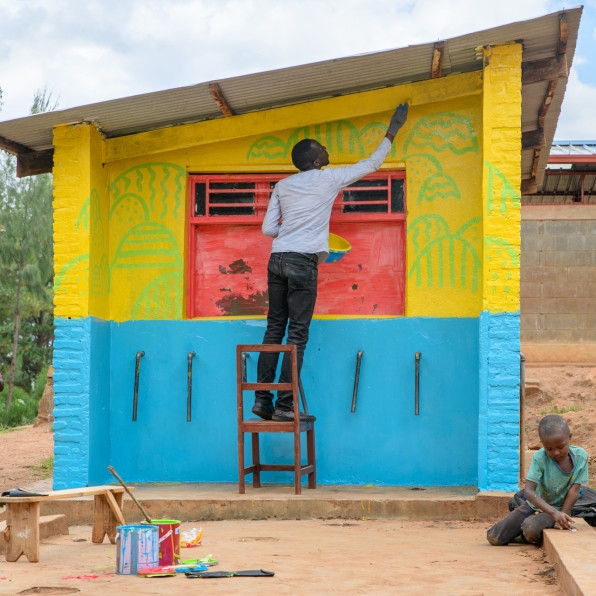
“One seven-year-old dramatically transformed the lives of literally thousands of people,” he says. The organization’s new focus on customer service is in contrast, he says, to the focus that other humanitarian organizations have on fundraising, and reaching people “at scale,” without as much consideration given to the quality of care.
Over time, they developed a new philosophy. Instead of focusing on scarcity—the lack of money and resources to help refugees—they focus on a concept of abundance. “There have been other times in history where the number of people moving has been far more overwhelming than it is now,” he says. “We actually live in a moment of time where the world could respond to those people, and really respond in a way that allows those people to create a life that creates some kind of meaning. But yet we’re getting overwhelmed by all this negative language and this panic and this fear.”
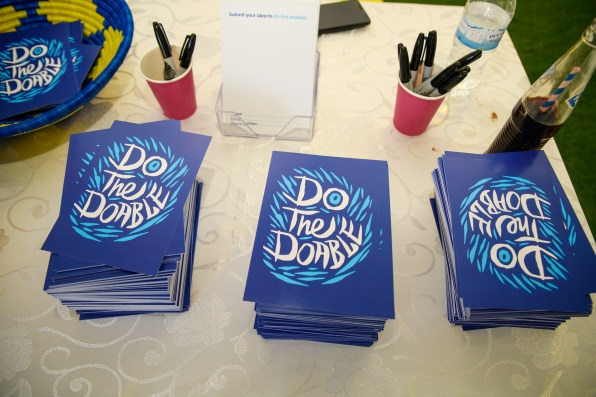
Instead of focusing on providing the bare minimum of services, they started thinking about how they could help people build meaningful lives. “Joy and dignity and respect and connection and purpose are just as important as having healthcare and clean water and food,” he says.
After a decade, the changes felt deeply embedded enough that Wordsworth felt ready to rebrand the organization, and the nonprofit began working with Ideo.org on the project. There was value in having waited so long, says Ideo.org CEO Jocelyn Wyatt. “I think that there can be this cynicism in the nonprofit sector that can happen when organizations do a rebrand, and it is an aspirational rebrand and doesn’t necessarily represent the way that we might think about that organization,” she says.
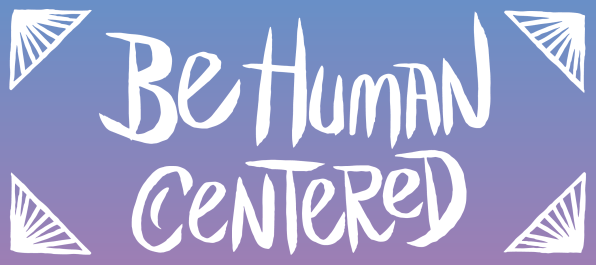
“We spent 10 years because we were unwilling to say something that wasn’t true,” says Wordsworth. “And it’s true now.” Working with the organization’s board, staff, and people in camps around the world, the team explored how the new brand should be represented. One clear message from refugees: Take the word “refugee” out of the organization’s name. “That was a bit surprising, I think, to all of us, but we asked them why,” he says. “They said that’s the constant reminder of the darkest moments of our life. We’re not just refugees, and we’re actually human beings. We have names, we’re individuals. And yet you’ve got this thing right in the middle of your name.”
The new name, Alight, “emerged as a descriptor of how we all see each other,” he says. “Most NGOs have these very serious kinds of names with like ‘feeding’ or ‘caring’ or ‘serving’ or whatever in the title, and the name is all about what they do in the world. I think we’ve made a sort of a pivot in that we’ve created an organization that describes how we see each other. That’s where it comes from.” The name references both the “light” that the organization sees in people and the hope that refugees can “alight”—land gently—in their new lives.
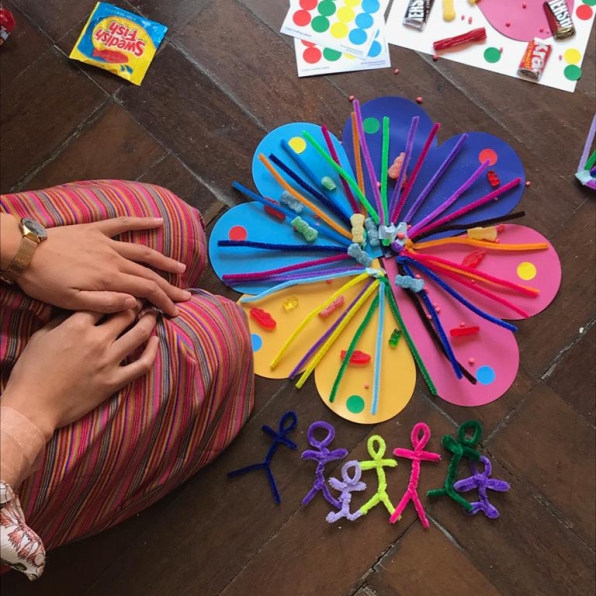
In workshops, refugees and staff used construction paper to create images that they felt represented the nonprofit, and repeatedly chose bright colors and positive images. “That element of codesign was a real indication that the brand needed to be something that was first and foremost, really positive, and optimistic, and about community,” says Wyatt.
The brand elements are designed to be adopted differently. “We really wanted to ensure that the brand allowed for enough flexibility for people to to have self-expression within it,” she says. “We wanted people to be able to sort of take these geometrical patterns and draw them in configurations that they want. People can write the name or paint the hands as opposed to always sort of have it to be printed. We wanted enough colors that people could pull from them, and it was recognizable.”
The nonprofit is spending a year rolling out the brand at its offices across the world, working with each team to make sure the changes in the organization resonate and are truly incorporated locally. In some refugee camps, refugees painted buildings to represent the brand’s value of sparking joy; others have added new programs, like coding schools in Rwanda and new locations for the Kuja Kuja program. “They have to come to a place where they can describe it or talk about it, and where it feels true, and when it feels real, then that office can become Alight,” says Wordsworth.
(37)


